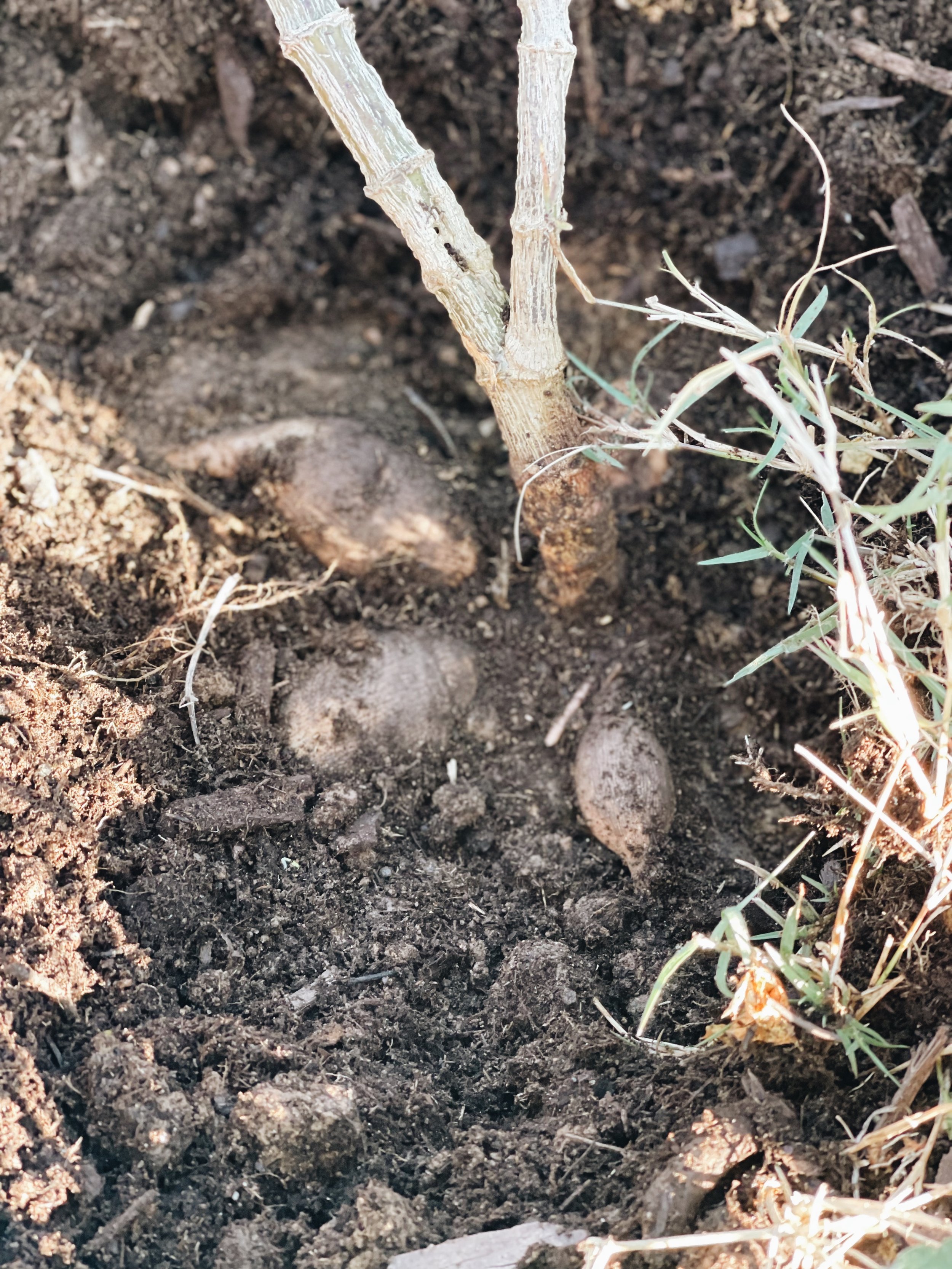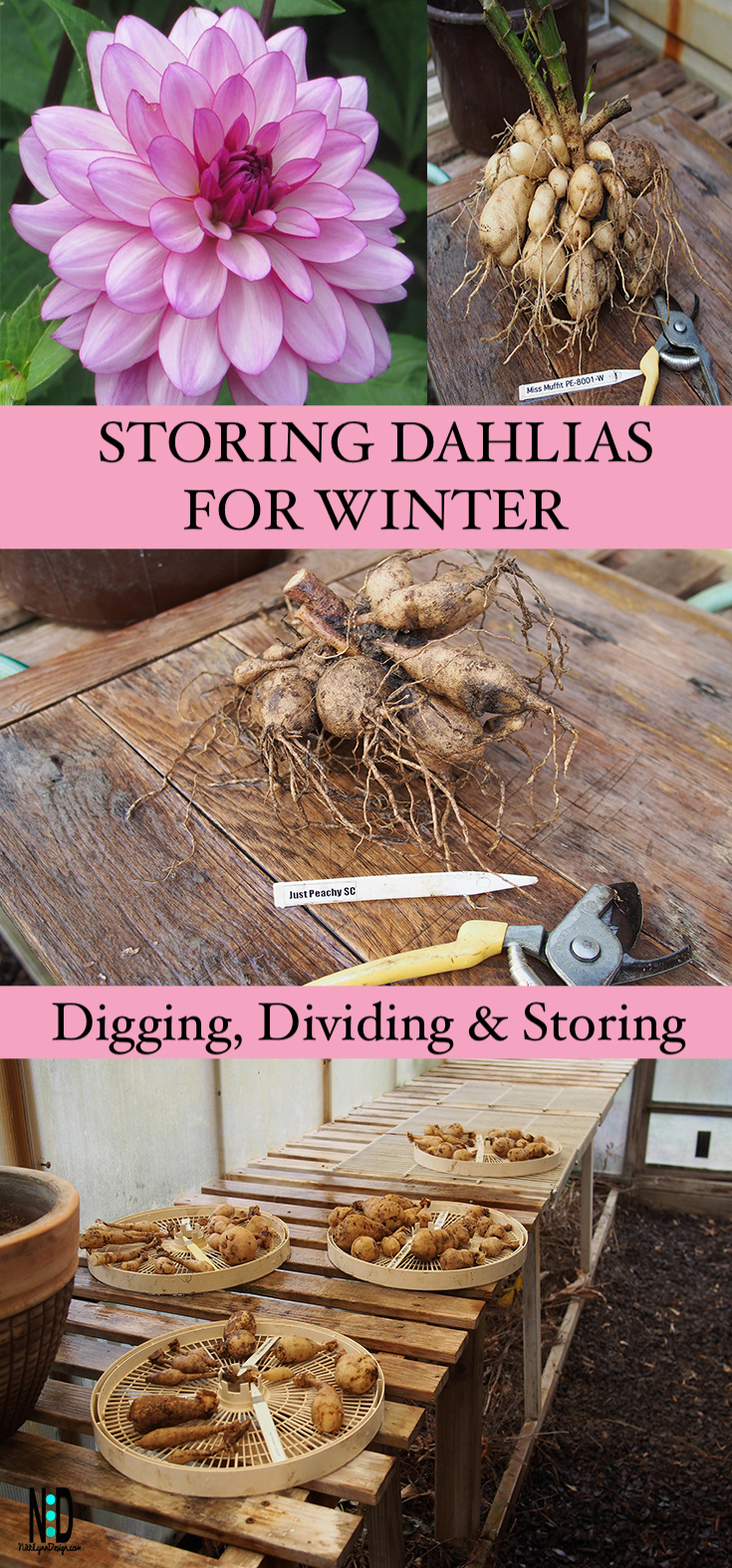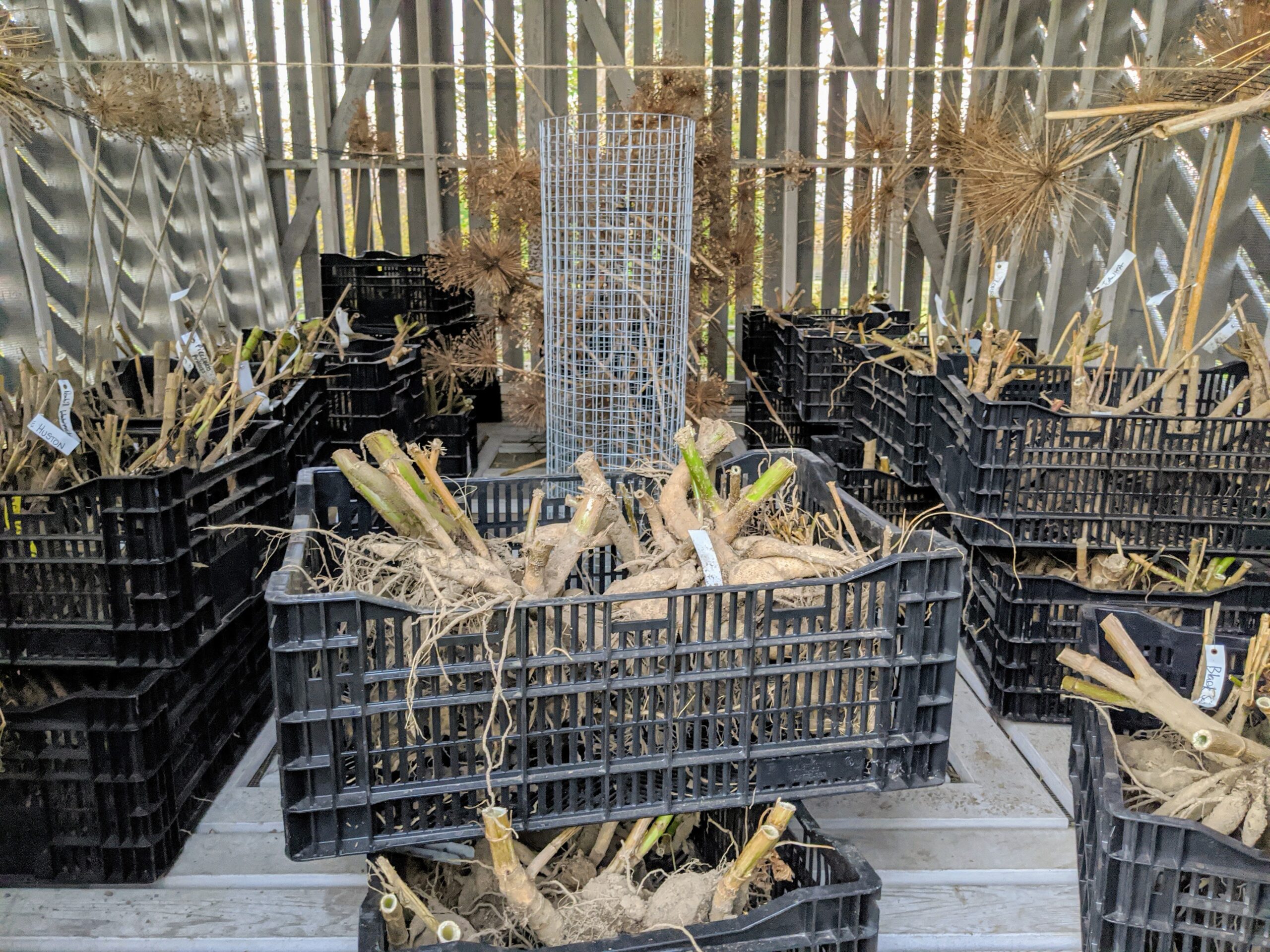Why Proper Storage is Crucial for Dahlia Tubers
As the winter months approach, it’s essential to take the necessary steps to ensure the survival of your dahlia tubers. Proper storage is crucial to prevent rot, decay, and damage, which can occur when tubers are exposed to extreme temperatures, moisture, and light. If not stored correctly, dahlia tubers may not survive the winter, resulting in the loss of these beautiful flowers. By understanding the importance of proper storage, you can take the necessary measures to protect your dahlia tubers and enjoy their vibrant blooms again in the spring.
One of the primary reasons why proper storage is vital is that dahlia tubers are sensitive to temperature fluctuations. If stored in a warm or humid location, the tubers may begin to sprout prematurely, leading to weak and spindly growth. On the other hand, if stored in a location that is too cold, the tubers may become damaged or rot. By storing dahlia tubers in a cool, dark place, you can help to regulate their temperature and prevent damage.
In addition to temperature, moisture is also a critical factor to consider when storing dahlia tubers. If the tubers are exposed to excessive moisture, they may become waterlogged and rot. Conversely, if the tubers are too dry, they may become desiccated and die. By storing dahlia tubers in a breathable container or bag, you can help to maintain a consistent level of moisture and prevent damage.
By understanding the importance of proper storage, you can take the necessary steps to protect your dahlia tubers and ensure their survival over the winter months. In the next section, we will discuss the process of preparing dahlia tubers for winter storage, including cutting back the foliage, digging up the tubers, and cleaning them to remove excess soil and debris.
Preparing Dahlia Tubers for Winter Storage
Before storing dahlia tubers for the winter, it’s essential to prepare them properly to ensure their survival and healthy regrowth in the spring. The process of preparing dahlia tubers for winter storage involves several steps, including cutting back the foliage, digging up the tubers, and cleaning them to remove excess soil and debris.
The first step in preparing dahlia tubers for winter storage is to cut back the foliage. This should be done about 4-6 weeks before the first frost, or when the plants start to yellow and die back naturally. Cutting back the foliage helps to prevent the tubers from rotting and reduces the risk of disease. Use a pair of clean, sharp pruning shears to cut the stems back to about 4-6 inches from the ground.
Once the foliage has been cut back, the next step is to dig up the tubers. Carefully dig around the base of the plant, making sure not to damage the tubers. Use a fork to gently loosen the soil, and then lift the tubers out of the ground. If the tubers are stuck, use a gentle twisting motion to release them from the soil.
After the tubers have been dug up, they need to be cleaned to remove excess soil and debris. Use a soft-bristled brush or a cloth to gently remove any dirt or debris from the tubers. Avoid using water to clean the tubers, as this can cause them to rot. Instead, use a dry cloth or brush to remove any dirt or debris.
Once the tubers have been cleaned, they are ready to be stored for the winter. The next section will discuss the different storage methods for dahlia tubers, including storing them in a cool, dark place, using a breathable container or bag, and maintaining a consistent temperature and humidity level.
Choosing the Right Storage Method for Your Dahlia Tubers
When it comes to storing dahlia tubers for the winter, there are several methods to choose from. The right storage method will depend on the specific needs of your tubers, as well as your personal preferences and available space. In this section, we will discuss the different storage methods for dahlia tubers, including storing them in a cool, dark place, using a breathable container or bag, and maintaining a consistent temperature and humidity level.
One of the most popular storage methods for dahlia tubers is to store them in a cool, dark place. This can be a basement, garage, or shed, as long as it is cool and dark. The ideal temperature for storing dahlia tubers is between 40-50°F (4-10°C), and the humidity level should be around 50-60%. This will help to slow down the growth of the tubers and prevent them from rotting.
Another storage method for dahlia tubers is to use a breathable container or bag. This can be a paper bag, burlap bag, or a container with holes in it. The breathable material will allow for airflow and help to prevent moisture from building up. You can also add some packing material, such as peat moss or vermiculite, to help keep the tubers dry and comfortable.
Regardless of the storage method you choose, it’s essential to maintain a consistent temperature and humidity level. This will help to prevent the tubers from rotting or drying out. You can use a thermometer and hygrometer to monitor the temperature and humidity levels in your storage area.
By choosing the right storage method for your dahlia tubers, you can help to ensure their survival and healthy regrowth in the spring. In the next section, we will provide a step-by-step guide on how to store dahlia tubers in a container or bag.
How to Store Dahlia Tubers in a Container or Bag
Storing dahlia tubers in a container or bag is a popular method for winterizing these beautiful flowers. This method allows for good air circulation and can help to prevent moisture from building up, which can lead to rot and decay. Here’s a step-by-step guide on how to store dahlia tubers in a container or bag:
First, choose a container or bag that is breathable and has good air circulation. A paper bag, burlap bag, or a container with holes in it is ideal. Avoid using plastic bags or containers, as they can trap moisture and cause the tubers to rot.
Next, prepare the tubers for storage by cleaning them to remove any excess soil or debris. Use a soft-bristled brush or a cloth to gently remove any dirt or debris from the tubers.
Once the tubers are clean, place them in the container or bag. You can add some packing material, such as peat moss or vermiculite, to help keep the tubers dry and comfortable. Make sure the packing material is not too wet or dry, as this can cause the tubers to rot or dry out.
Seal the container or bag, but make sure to leave some space for air to circulate. You can use a twist tie or a rubber band to seal the bag, or simply fold the top of the bag over and staple it shut.
Finally, place the container or bag in a cool, dark location, such as a basement or garage. The ideal temperature for storing dahlia tubers is between 40-50°F (4-10°C), and the humidity level should be around 50-60%.
By following these steps, you can successfully store your dahlia tubers in a container or bag and keep them healthy and thriving until the spring. In the next section, we will discuss alternative storage methods for dahlia tubers, such as storing them in a cold frame or greenhouse.
Alternative Storage Methods for Dahlia Tubers
While storing dahlia tubers in a container or bag is a popular method, there are other alternative storage methods that can be effective. In this section, we will discuss some of these alternative methods, including storing them in a cold frame or greenhouse, using a root cellar, or even storing them in a refrigerator.
One alternative storage method for dahlia tubers is to store them in a cold frame or greenhouse. A cold frame is a structure that is designed to protect plants from frost and cold temperatures, while a greenhouse is a structure that is designed to provide a warm and humid environment for plants. Both of these options can provide a suitable environment for storing dahlia tubers, as long as the temperature and humidity levels are maintained within the optimal range.
Another alternative storage method for dahlia tubers is to use a root cellar. A root cellar is a cool, dark place that is designed to store roots and tubers. It is typically located underground and is designed to maintain a consistent temperature and humidity level. This makes it an ideal place to store dahlia tubers, as it provides a stable environment that is protected from extreme temperatures and moisture.
Finally, some gardeners have reported success with storing dahlia tubers in a refrigerator. This method involves wrapping the tubers in a breathable material, such as paper towels or a cloth, and placing them in a plastic bag. The bag is then sealed and stored in the refrigerator, where the tubers are kept at a consistent temperature and humidity level. This method can be effective, but it requires careful monitoring to ensure that the tubers do not dry out or rot.
While these alternative storage methods can be effective, it’s essential to remember that the key to successful storage is to maintain a consistent temperature and humidity level. Regardless of the storage method you choose, make sure to check on the tubers regularly to ensure that they are not drying out or rotting.
Tips for Maintaining Dahlia Tubers During Winter Storage
Once you have stored your dahlia tubers for the winter, it’s essential to maintain them properly to ensure they remain healthy and viable until the spring. Here are some tips for maintaining dahlia tubers during winter storage:
Check on the tubers periodically: It’s crucial to check on the tubers regularly to ensure they are not drying out or rotting. Check for any signs of mold, mildew, or pests, and take action immediately if you notice any problems.
Ensure they don’t dry out: Dahlia tubers need to be kept moist during winter storage, but not too wet. Check the tubers regularly to ensure they are not drying out, and mist them with water if necessary.
Protect them from pests and diseases: Dahlia tubers can be susceptible to pests and diseases during winter storage. Check for any signs of infestation or infection, and take action immediately if you notice any problems.
Keep them in a consistent environment: Dahlia tubers prefer a consistent environment during winter storage. Keep them in a cool, dark place with a consistent temperature and humidity level.
Avoid over-handling: Dahlia tubers can be damaged easily, so it’s essential to avoid over-handling them during winter storage. Handle them gently and minimally to prevent damage.
Monitor for sprouting: Dahlia tubers can start to sprout during winter storage, especially if they are stored in a warm or humid location. Check for any signs of sprouting, and take action immediately if you notice any problems.
By following these tips, you can help ensure your dahlia tubers remain healthy and viable during winter storage. In the next section, we will discuss common mistakes to avoid when storing dahlia tubers.
Common Mistakes to Avoid When Storing Dahlia Tubers
When storing dahlia tubers for the winter, there are several common mistakes to avoid. These mistakes can lead to rot, decay, and damage to the tubers, which can ultimately affect their ability to regrow in the spring. Here are some common mistakes to avoid when storing dahlia tubers:
Storing them in a warm or humid location: Dahlia tubers should be stored in a cool, dark place with a consistent temperature and humidity level. Avoid storing them in a warm or humid location, as this can cause them to rot or decay.
Not providing enough ventilation: Dahlia tubers need air circulation to prevent moisture from building up and causing rot or decay. Make sure to provide enough ventilation when storing the tubers, either by using a breathable container or bag or by storing them in a well-ventilated area.
Not checking on them regularly: It’s essential to check on the tubers regularly to ensure they are not drying out or rotting. Check for any signs of mold, mildew, or pests, and take action immediately if you notice any problems.
Storing them too long: Dahlia tubers should be stored for the winter, but not for too long. Typically, they should be stored for 3-4 months, depending on the variety and growing conditions. Storing them for too long can cause them to dry out or rot.
Not labeling the containers: When storing multiple varieties of dahlia tubers, it’s essential to label the containers so you can easily identify them in the spring. This will help you to plant the right variety in the right location.
By avoiding these common mistakes, you can help ensure your dahlia tubers remain healthy and viable during winter storage. In the next section, we will discuss how to prepare dahlia tubers for the spring.
Getting Your Dahlia Tubers Ready for Spring
As the weather starts to warm up in the spring, it’s time to start preparing your dahlia tubers for planting. Here’s a step-by-step guide on how to get your dahlia tubers ready for spring:
When to start bringing them out of storage: Typically, dahlia tubers should be brought out of storage 4-6 weeks before the last frost date in your area. This will give them enough time to start growing and developing roots before being planted outside.
How to pot them up: Once you’ve brought your dahlia tubers out of storage, it’s time to pot them up. Use a well-draining potting mix and a container that is at least 6-8 inches deep. Plant the tuber in the pot, making sure the “eyes” (the small buds on the tuber) are facing upwards.
How to care for them until they’re ready to be planted outside: Keep the potted dahlia tubers in a bright, sunny location, but not in direct sunlight. Water them regularly, but make sure the soil isn’t too wet or dry. Fertilize them with a balanced fertilizer once a month.
When to plant them outside: Once the weather has warmed up and the danger of frost has passed, it’s time to plant your dahlia tubers outside. Choose a location that gets full sun and has well-draining soil. Plant the tubers 2-3 inches deep and 12-18 inches apart.
By following these steps, you’ll be able to get your dahlia tubers ready for spring and enjoy their beautiful blooms all season long.








